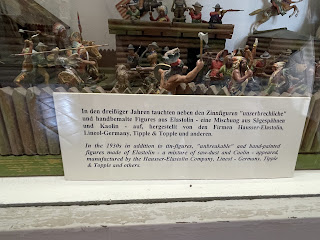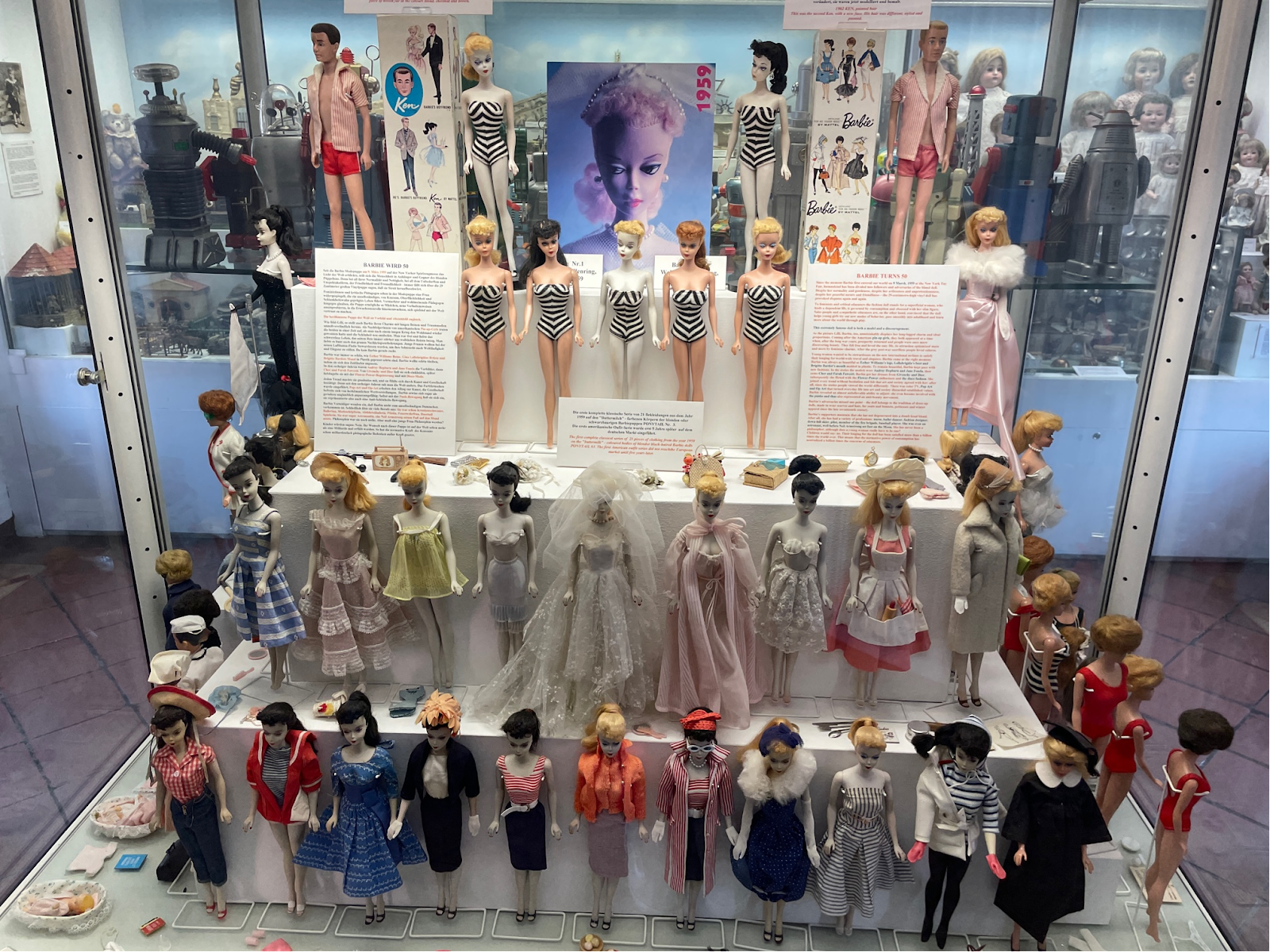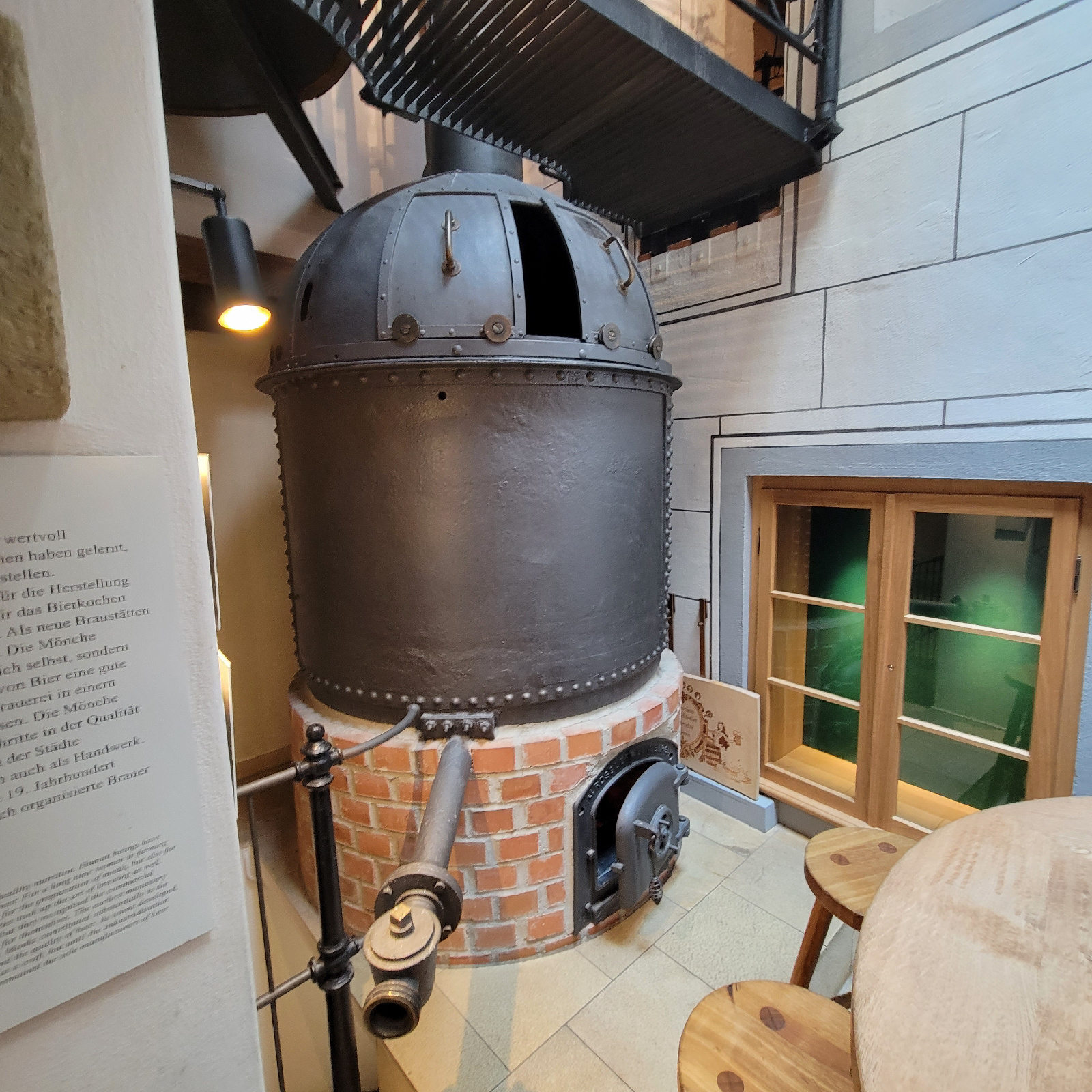SREF Project day
Today I had the luxury of exploring Munich with some classmates and go to some cool museums. The first museum that we went to was the toy museum that had a cool wind chimes toy outside on the ceiling of the entrance. As you went in you had to start on the 5th floor using the elevator and work your way down. At first the elevator scared me but then I felt like a new Barbie doll coming out of the box. While exploring the toy museum, I found it fascinating that some of the toys there I was able to see at my grandparents house. Some of the toys are also from tv shows from 1930s like Popeye, the Yellow kid, and Daffy Duck. It was fascinating to see that they were able to make toys back in the day and in many different varieties. My favorite part was seeing the start of the Barbies. Barbie came out in 1959 in New York. The downside of the Barbie is that it was influencing the way that women should look and weigh. It gave a very negative connotation that everyone should be blond, tall, and weigh the less as you could.
Christina💜


































